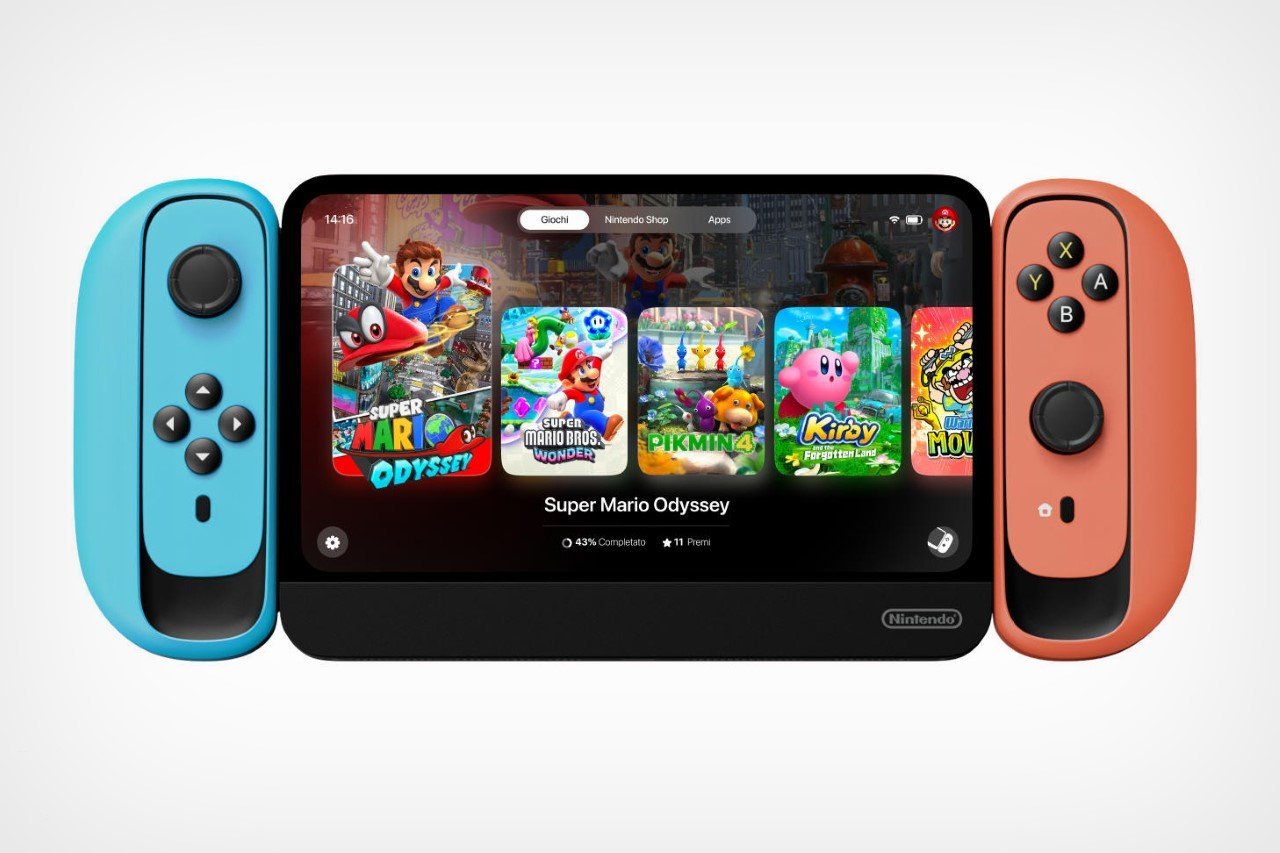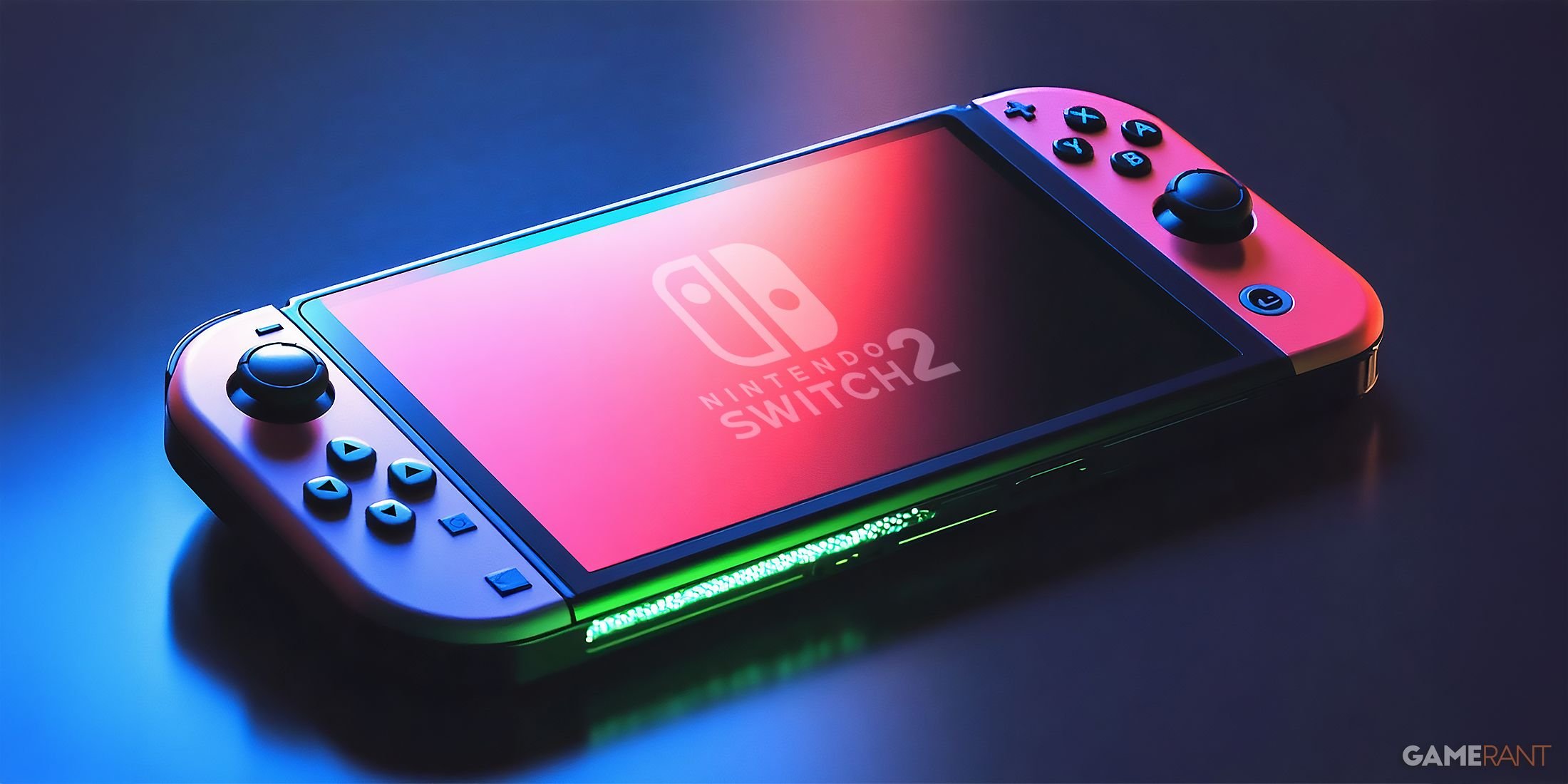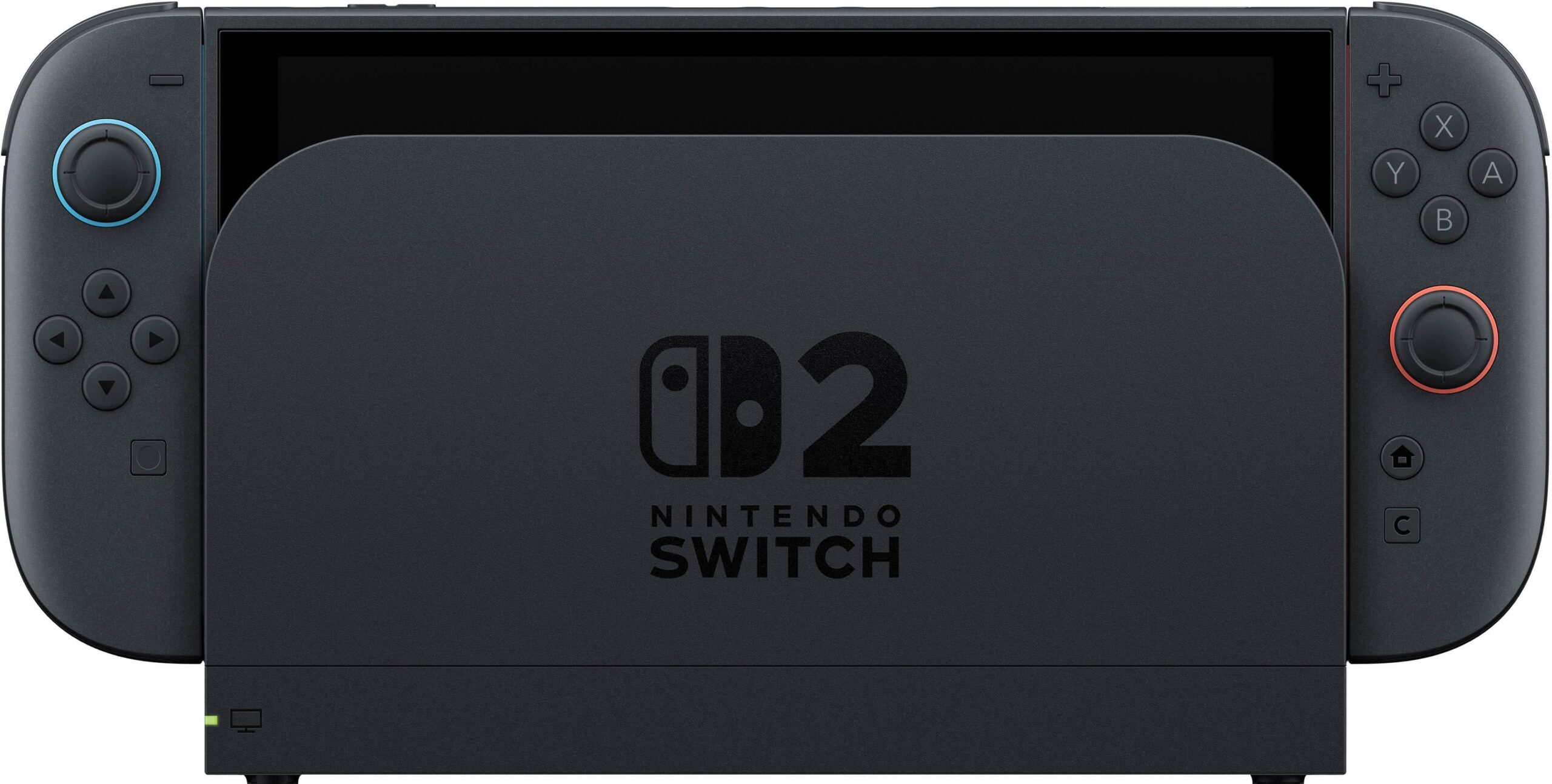Seven years is an eternity in technology. For the Nintendo Switch, it was a reign. The hybrid console didn’t just sell; it carved out a new category, blending home and portable gaming so seamlessly that the lines blurred into irrelevance. Now, the heir to that throne has arrived. The Nintendo Switch 2 carries the weight of immense expectation, tasked not just with succeeding, but with justifying its own existence in a world its predecessor created. After weeks of testing, it’s clear this isn’t a revolution. It’s a masterful, calculated, and deeply necessary evolution.

A Quantum Leap in Hybrid Performance
Let’s get straight to the silicon. At the heart of the Switch 2 is a custom Nvidia Tegra T239 SoC, and it fundamentally changes the game. The original Switch often struggled to maintain 720p in handheld mode; the Switch 2 confidently targets a native 1080p on its new, larger screen. The real magic, however, is Nvidia’s DLSS (Deep Learning Super Sampling). This AI-powered upscaling technology is the console’s secret weapon, enabling a clean, stable 4K output to a compatible television. In practice, playing Tears of the Kingdom with the next-gen patch is revelatory. The painterly world is now razor-sharp, with draw distances that eliminate the original’s hazy pop-in and frame rates that hold a rock-solid 60fps.
This isn’t a PS5 killer, nor does it try to be. But by leveraging smart technology over raw teraflops, Nintendo has achieved a massive generational leap. Load times are slashed thanks to faster internal UFS storage, dropping you into a game in seconds rather than minutes. While the base 128GB of storage feels a bit conservative for 2024, the microSD card slot returns, making expansion simple. The key takeaway is that the performance compromises that defined the original Switch are now largely a thing of the past.

Refined Design, Familiar Feel

Pulling the Switch 2 from its box feels both new and intimately familiar. The core form factor is unchanged, but every element has been refined. The screen is the star: an 8-inch OLED panel with stunning color depth and contrast, framed by dramatically thinner bezels. It makes the original’s display look antiquated. The chassis itself feels more premium, with a sturdy aluminum backplate replacing the old plastic. It’s slightly heavier, a trade-off for the larger screen and battery, but the ergonomics remain excellent.
The most crucial upgrade is the Joy-Cons. They now slide onto new magnetic metal rails with a satisfying and secure click, eliminating the infamous wobble of the original. More importantly, Nintendo has finally implemented Hall effect joysticks, which use magnets to detect movement, making them immune to the mechanical wear that caused stick drift. The buttons have a bit more travel and a tactile, clicky response that feels fantastic. It’s the Joy-Con we should have had all along.
Features: Evolution, Not Revolution

Nintendo has wisely chosen not to fix what wasn’t broken. The Switch 2 is fully backward compatible with the entire library of original Switch cartridges and digital games. Your eShop purchases and save data (if cloud-synced) transfer over seamlessly. The UI is a snappier, 4K-native version of the clean grid we know, though the lack of customization options like themes or folders from day one is a missed opportunity.
The new dock is a minor but welcome upgrade. It includes a built-in Ethernet port as standard and feels more substantial, with better ventilation. The console still supports Bluetooth audio out of the box, but the onboard speakers have seen a noticeable improvement, offering a fuller, less tinny sound for on-the-go gaming. It’s a package of smart, iterative improvements that prioritize the user experience without reinventing the wheel.
The Verdict: Is It Worth the Upgrade?
Priced at $399, the Nintendo Switch 2 positions itself as a premium portable. It’s a significant investment, but one that feels justified. The performance leap alone addresses the single biggest complaint leveled against its predecessor, finally allowing Nintendo’s masterful first-party games to run without compromise. The superior OLED screen, drift-free Joy-Cons, and full backward compatibility create an undeniably compelling package.
This isn’t for the spec chaser who wants the absolute highest fidelity possible; the Steam Deck and its contemporaries still hold that crown. Instead, the Nintendo Switch 2 is for the player who values polish, convenience, and access to one of the best game libraries ever created. It is the definitive version of Nintendo’s hybrid vision, a powerful and refined console that feels less like a sequel and more like the machine the Switch was always meant to be. For existing owners, it is a near-essential upgrade. For newcomers, this is the perfect entry point.
Where to Buy:
Nintendo Switch 2 Quick Summary
Key Scores:
- Value: 95%
- Design: 93%
- Performance: 92%
- Quality: 91%
- Popularity: 95%
Top Pros
- ✅ The 8-inch OLED display is vibrant and deeply immersive.
- ✅ DLSS upscaling delivers a massive generational leap in performance.
- ✅ Redesigned Joy-Cons with Hall effect sticks finally eliminate drift.
- …
Key Cons
- ❌ Onboard 128GB storage feels insufficient for modern game sizes.
- ❌ Battery life under heavy load is noticeably short of expectations.
- ❌ The core user interface feels overly familiar and uninspired.
- …

















